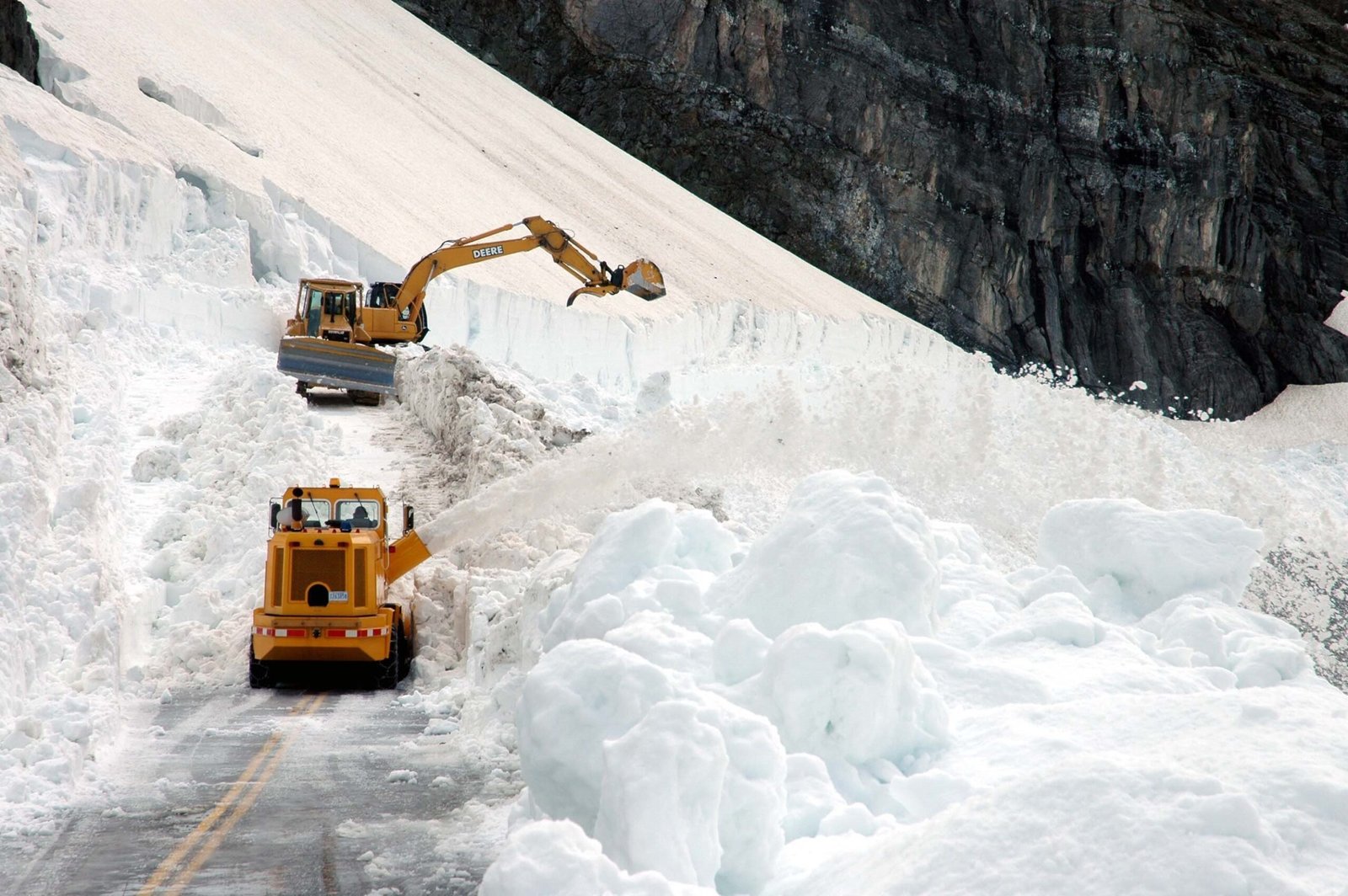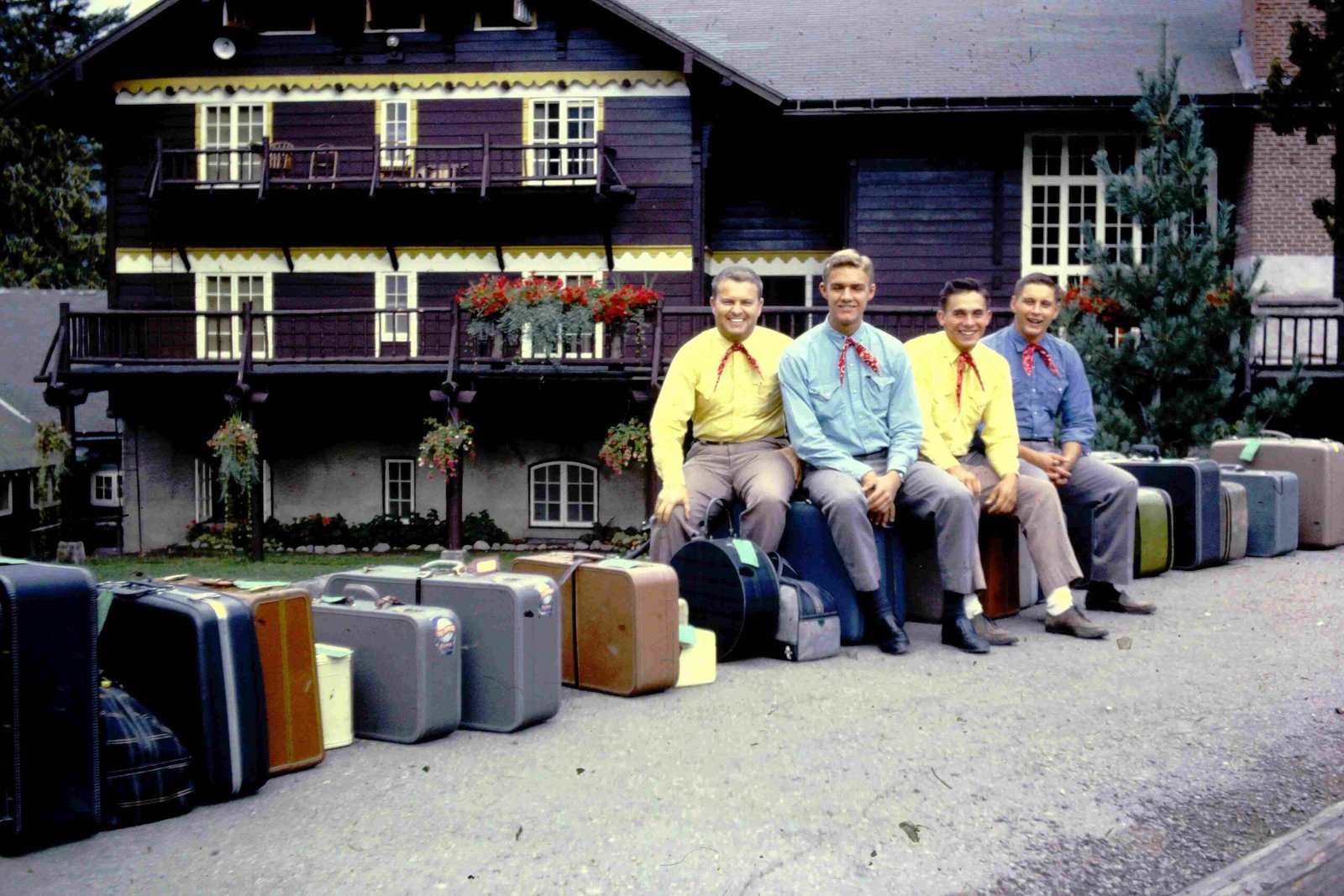Glacier National Park, known for its breathtaking landscapes and challenging terrain, has seen an increase in search and rescue operations in recent years. The park’s rugged environment, unpredictable weather, and steep trails have led to numerous incidents where hikers needed rescue. This article explores recent rescue cases, current hiking conditions, emergency protocols, and essential safety guidelines for visitors to Glacier National Park.
What Are the Recent Statistics on Hiker Rescues in Glacier National Park?

Glacier National Park has experienced a significant uptick in search and rescue (SAR) incidents, particularly in popular areas like the Highline and Loop Trail. In the summer of 2017, this trail saw an unprecedented number of SAR and Emergency Medical Services (EMS) calls, primarily due to hyperthermia and dehydration.
Key statistics and facts:
- Increased SAR incidents in recent years
- Hyperthermia and dehydration as leading causes
- Challenging terrain contributing to rescue difficulties
The park’s rescue teams face numerous challenges when responding to emergencies:
- Remote locations
- Steep and difficult terrain
- Unpredictable weather conditions
- Limited visibility in certain areas
What Are the Most Common Reasons for Hiker Rescues?

Understanding the primary causes of rescue incidents can help hikers better prepare for their adventures in Glacier National Park. The most frequent reasons for SAR operations include:
- Hyperthermia (overheating)
- Dehydration
- Falls and injuries
- Exposure to harsh weather conditions
Many hikers underestimate the park’s challenging environment, leading to situations where they require assistance. Factors contributing to rescue incidents:
- Inadequate preparation
- Lack of proper gear
- Overestimation of personal abilities
- Sudden changes in weather
How Do Weather Patterns Affect Hiking Safety in Glacier National Park?
Glacier National Park is notorious for its unpredictable and often severe weather conditions. These patterns can significantly impact hiking safety and contribute to rescue situations.
Weather-related challenges:
| Weather Condition | Potential Risks |
|---|---|
| Sudden snowstorms | Hypothermia, disorientation |
| High winds | Falls, difficulty in navigation |
| Extreme temperature fluctuations | Hyperthermia, hypothermia |
| Low visibility | Getting lost, falls |
Hikers should always check the weather forecast before setting out and be prepared for rapid changes in conditions. It’s crucial to have appropriate gear for various weather scenarios and know when to turn back if conditions deteriorate.
What Emergency Services Are Available for Hikers in Distress?
Glacier National Park has a comprehensive emergency response system in place to assist hikers in distress. The park employs dedicated search and rescue personnel and collaborates with various local and federal agencies to ensure effective emergency responses.
Emergency services and resources:
- Dedicated SAR teams
- Partnerships with local agencies (e.g., Flathead County Sheriff’s Office)
- Helicopter services for aerial searches and evacuations
- Technical rescue equipment for challenging terrain
The park’s rescue teams undergo specialized training to handle the unique challenges presented by Glacier’s environment. They are equipped with advanced gear and technology to conduct efficient search and rescue operations.
How Can Hikers Prepare for a Safe Trip to Glacier National Park?
Proper preparation is key to ensuring a safe and enjoyable hiking experience in Glacier National Park. Hikers should follow these essential guidelines:
- Research trails and difficulty levels
- Check current weather conditions and forecasts
- Inform someone of your itinerary and expected return time
- Carry appropriate gear and supplies
Essential Gear for Glacier National Park Hikes:
- Map and compass (know how to use them)
- GPS device (with extra batteries)
- Sufficient water and high-energy snacks
- Appropriate clothing for varying weather conditions
- First aid kit
- Emergency shelter (e.g., lightweight tent or bivy sack)
- Headlamp or flashlight
- Whistle for signaling
- Bear spray (know how to use it)
What Should Hikers Do in Case of an Emergency?
In the event of an emergency, hikers should follow these steps:
- Stay calm and assess the situation
- If possible, call for help using a cell phone or satellite communication device
- Provide clear information about your location and the nature of the emergency
- Stay in one place unless it’s unsafe to do so
- Use signaling devices (whistle, bright clothing, or fire) to attract attention
- Conserve energy and stay warm
It’s crucial to have emergency contact numbers readily available and know how to describe your location accurately to rescue teams.
How Has the Park Improved Its Safety Measures for Hikers?
Glacier National Park has implemented several initiatives to enhance hiker safety and reduce the number of rescue incidents:
- Preventative Search and Rescue (PSAR) program
- Improved signage on trails
- Enhanced safety information on the park’s website and social media
- Increased ranger presence on popular trails
The PSAR program focuses on educating visitors about potential risks and promoting responsible hiking practices. This proactive approach aims to reduce preventable accidents and injuries within the park.
What Lessons Can Be Learned from Recent Rescue Cases?
Analyzing recent rescue cases in Glacier National Park provides valuable insights for future hikers:
- Case Study: Neal Peckens and Jason Hiser
- Hikers were well-prepared but faced challenging weather
- Search operation delayed due to poor visibility and harsh conditions
-
Lesson: Always be prepared for weather changes and have a contingency plan
-
Summer 2017 Incidents on Highline and Loop Trail
- Unprecedented number of SAR calls due to hyperthermia and dehydration
-
Lesson: Proper hydration and heat management are crucial, especially on challenging trails
-
Various Incidents Involving Falls and Injuries
- Many rescues due to accidents on steep terrain
- Lesson: Stay within your skill level and use appropriate gear for difficult trails
These cases underscore the importance of thorough preparation, respect for the environment, and adherence to safety guidelines.
By understanding the risks, preparing adequately, and following park guidelines, hikers can significantly reduce their chances of requiring rescue in Glacier National Park. Remember, safety should always be the top priority when exploring this magnificent wilderness.
References:
1. Preventative Search and Rescue – Glacier National Park Conservancy
2. Missing Hikers Were Well Prepared – National Park Service
3. Deaths And Injuries Keeping National Park Rangers Busy – National Parks Traveler